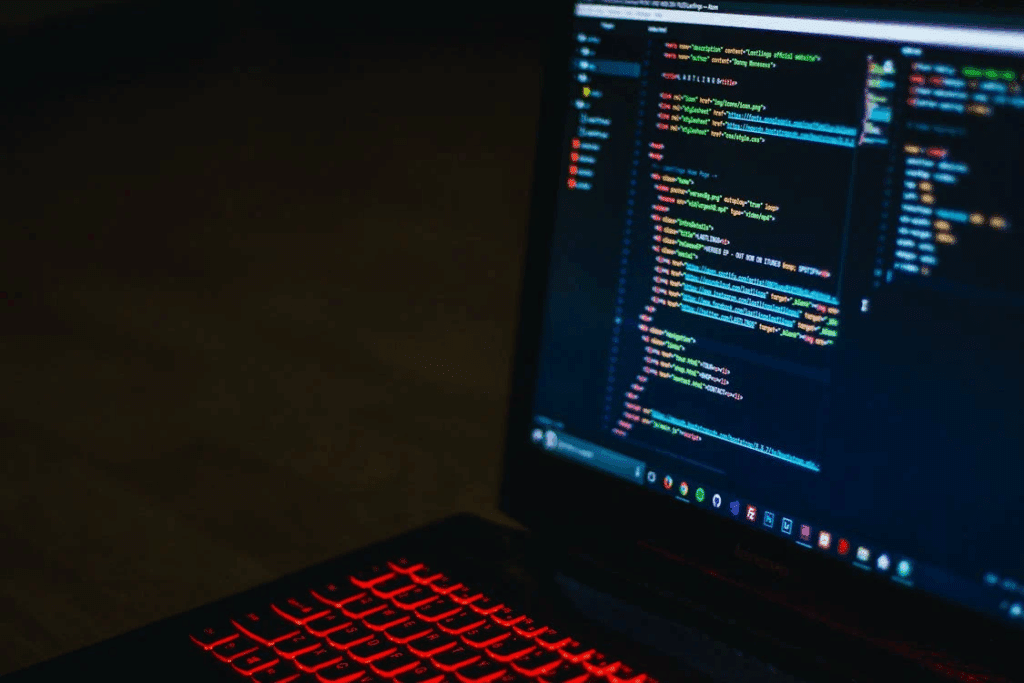In today’s connected world, children are growing up with unprecedented access to technology. From smartphones and tablets to gaming consoles and social media platforms, the digital environment offers both vast opportunities and serious risks. As a result, parental monitoring has become an essential tool in guiding and protecting children as they navigate this digital landscape.
Why Parental Monitoring Matters
Children and teens are spending more time online than ever before. Whether they’re watching videos, chatting with friends, attending virtual classes, or playing games, the internet plays a central role in their daily lives. However, with this access comes exposure to inappropriate content, online predators, cyberbullying, and even digital addiction.
Parental monitoring helps reduce these risks by giving parents insights into their children’s online activities. It allows them to set healthy boundaries, recognize potential dangers, and guide their children toward responsible digital behavior. Rather than invading privacy, it empowers parents to create a safe environment where open communication and trust are prioritized.
Striking the Right Balance

One of the biggest challenges parents face is finding the right balance between supervision and autonomy. Overbearing surveillance can breed resentment and secrecy, while a completely hands-off approach can leave children vulnerable. The key lies in combining transparent communication with smart tools.
Start by having open conversations about internet safety. Talk about the types of content that are appropriate, how to recognize online threats, and why certain boundaries are necessary. When children understand that monitoring is done out of care—not control—they’re more likely to be receptive.
From there, use monitoring tools that respect privacy while offering the necessary oversight. Many modern apps and platforms allow parents to filter content, limit screen time, and receive activity reports—all without constant hovering.
Tools for Parental Monitoring
There is a wide range of tools available to help parents manage their children’s digital behavior. These include:
- Content filtering software: Blocks access to inappropriate websites, apps, and content based on age settings.
- Screen time managers: Help limit the number of hours a child can spend on a device each day.
- Activity trackers: Provide logs of browsing history, app usage, and even call or message details.
- GPS and location sharing apps: Allow parents to know where their children are at all times, which is particularly helpful for younger kids and teens with more freedom.
These tools not only help ensure safety but also promote healthier digital habits. For example, limiting screen time can reduce exposure to harmful content and encourage more physical activity and face-to-face interaction.
The Role of Parentaler
One platform making waves in the parental control space is Parentaler. Designed with both ease-of-use and effectiveness in mind, Parentaler offers a suite of features that help parents monitor their children’s digital lives without being intrusive. It enables real-time tracking, content filtering, app usage reports, and communication monitoring across multiple devices.
What sets Parentaler.com apart is its user-friendly dashboard and customizable settings, allowing parents to tailor the monitoring experience based on each child’s age, maturity, and individual needs. Whether it’s blocking adult websites, tracking suspicious contacts, or receiving alerts about specific behaviors, Parentaler helps ensure that parents stay informed without becoming overbearing.
For families looking to maintain both safety and trust, Parentaler.com is a valuable partner in the journey of digital parenting.
Parental Monitoring vs. Trust: Building a Healthy Relationship
Monitoring should never replace communication. In fact, the best results come when monitoring is paired with trust-building efforts. Children should be encouraged to talk about their online experiences, both good and bad. When they feel safe discussing their digital lives with their parents, they’re more likely to make better decisions.
Parental monitoring isn’t just about watching—it’s about mentoring. Guide your children to think critically about what they see online. Discuss issues like privacy, cyberbullying, and peer pressure. Ask open-ended questions like, “What would you do if someone made you feel uncomfortable online?” or “How can you tell if a website is trustworthy?”
Such conversations not only foster critical thinking but also strengthen the parent-child bond. Over time, kids learn to self-regulate, making monitoring less about control and more about guidance.
Legal and Ethical Considerations
It’s important for parents to understand the legal aspects of monitoring, especially when it comes to tracking devices or reading private communications. While most laws allow parents to monitor their minor children, ethical concerns arise when this monitoring crosses certain lines.
Always let your children know that monitoring is in place and explain why it’s necessary. Transparency builds trust and minimizes feelings of betrayal. For teenagers, involve them in the process—let them help set rules and choose tools. When kids feel ownership, they’re more likely to respect the boundaries that are in place.
The Future of Digital Parenting

As technology continues to evolve, so too will the challenges of raising children in a digital world. New platforms, trends, and threats will emerge, requiring parents to stay informed and adaptable. Fortunately, the growing availability of smart tools and educational resources makes it easier than ever to be proactive.
Parental monitoring, when used thoughtfully and ethically, plays a crucial role in helping children grow into responsible digital citizens. It’s not about watching every move—they make—but about being present, aware, and engaged in their digital lives.


















